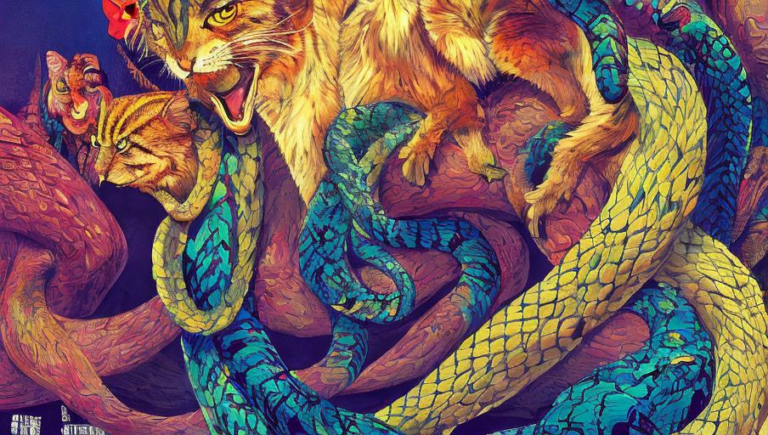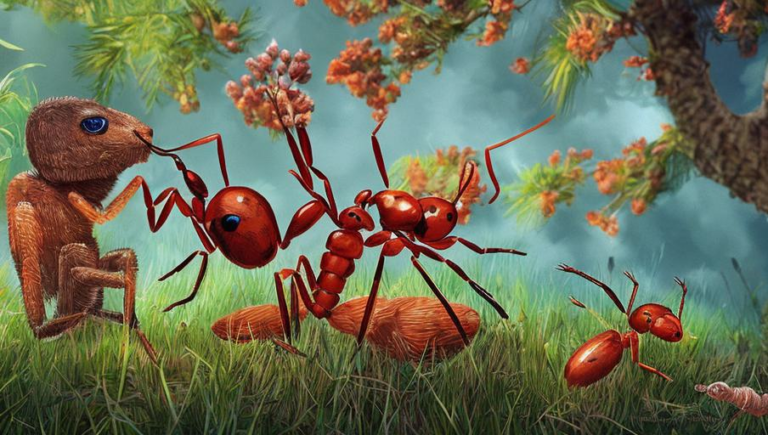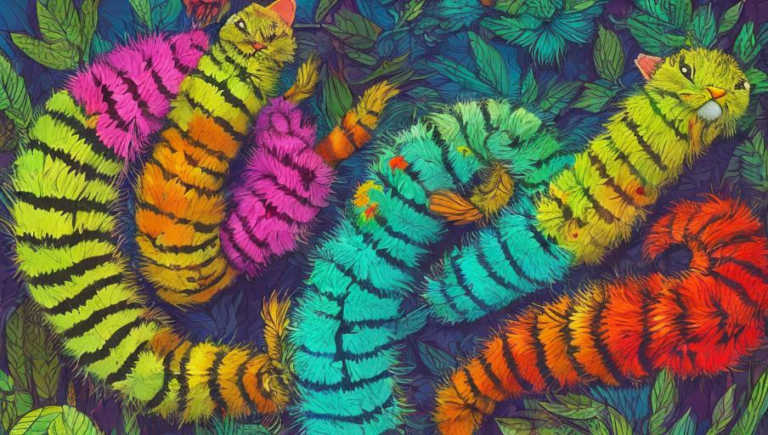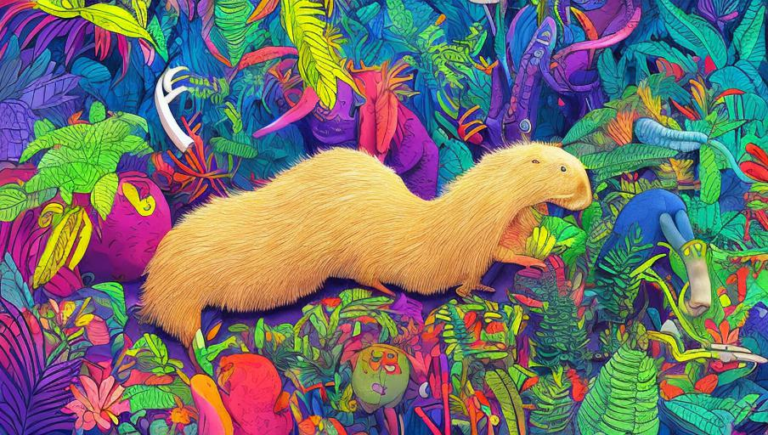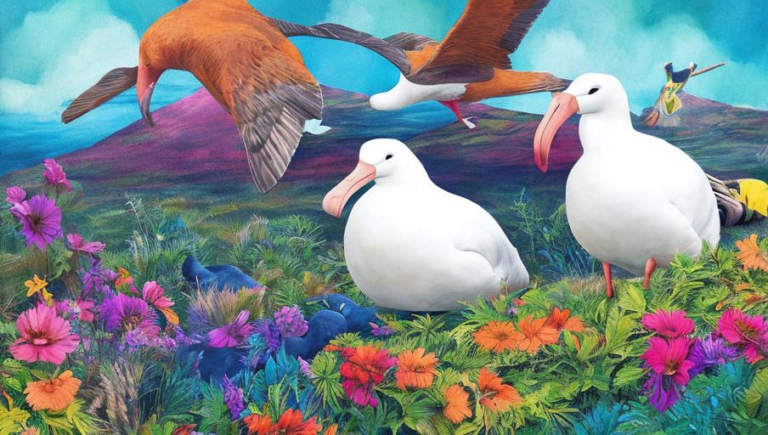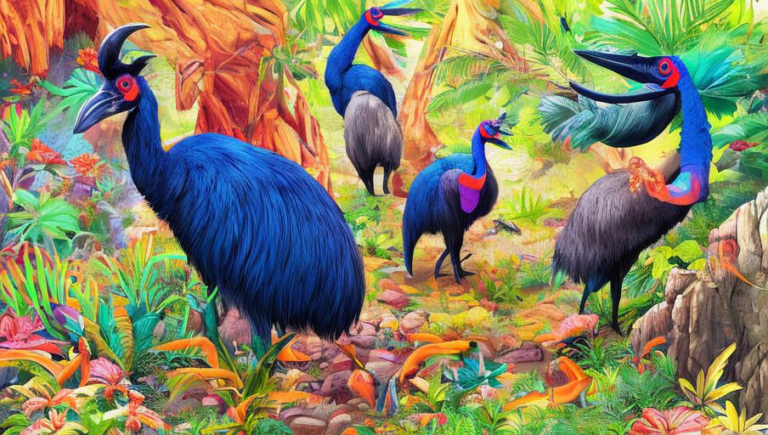Reimagining the Relationship Between Man and Dolphin
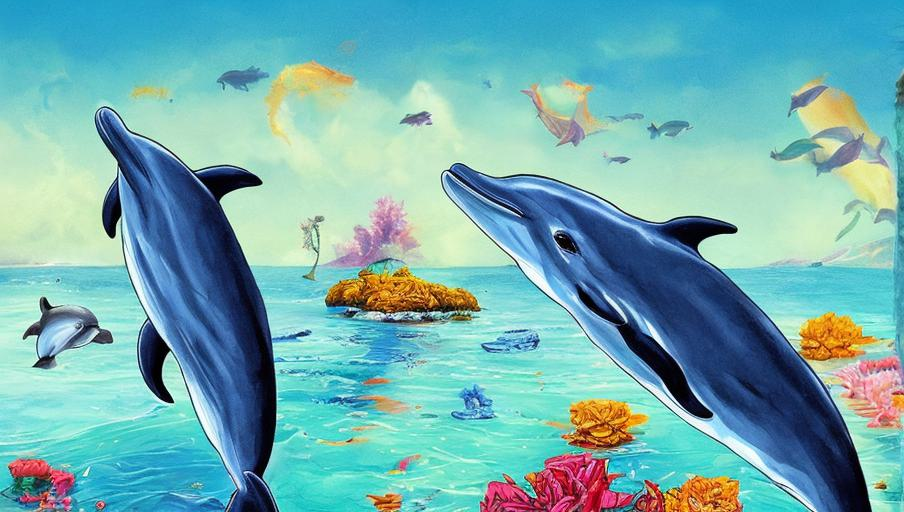
Introduction
Throughout history, dolphins have been beloved by humans. They have been seen as symbols of luck, good fortune, and protection. While human interaction with dolphins has been largely positive, there have been instances of dolphins being captured and kept in captivity. To better understand the relationship between man and dolphin, it is important to look at the history of how humans have interacted with dolphins and what can be done to create a better relationship with them.
History of Human Interaction with Dolphins
Humans have been interacting with dolphins for thousands of years. Ancient Greeks believed that dolphins were messengers from the gods, and sailors believed that the presence of dolphins meant that they were on course. In some cultures, dolphins were seen as a source of food, while in others, they were seen as a symbol of luck and protection. Throughout history, there has been a certain level of respect for dolphins and their ability to interact with humans.
In more recent years, dolphins have become popular attractions in many aquariums and amusement parks. However, this has led to the capture and confinement of dolphins, which has caused much controversy. This has caused many to question the ethical implications of keeping dolphins in captivity and the effects of captivity on the dolphins.
Effects of Captivity on Dolphins
Dolphins are highly social animals and their natural habitats are wide-ranging and complex. When dolphins are kept in captivity, they are confined to a small area and deprived of the companionship of other dolphins. This can lead to stress, boredom, and aggression. Additionally, dolphins in captivity are often forced to perform for visitors and may be given inadequate care or nutrition.
Reconnecting With Dolphins
In recent years, there has been a growing movement to reconnect humans with dolphins in a more natural and ethical way. This includes the use of sustainable practices, such as dolphin-watching tours and swimming with dolphins programs, that allow people to observe dolphins in their natural habitat without disrupting their environment. Additionally, organizations such as the Dolphin Research Center are working to educate people about dolphins and the importance of protecting their habitat.
Conclusion
The relationship between humans and dolphins has changed over the years, but there is still a strong bond between the two species. To ensure a better future for dolphins, it is important to understand the history of their interactions with humans, the effects of captivity on dolphins, and ways to reconnect with them in a more ethical and sustainable way. By doing so, humans can continue to appreciate the beauty, intelligence, and grace of dolphins.
